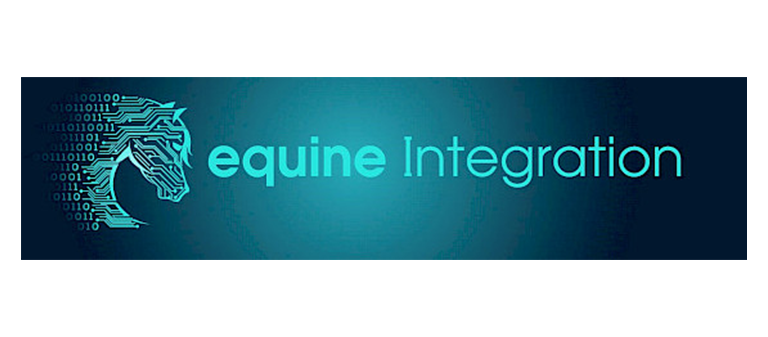Equine Sync
Project description
The current approach to providing expert feedback in horse training relies heavily on manual evaluation. Experts review hundreds of hours of training footage weekly to assess performance and deliver personalized recommendations. While this ensures tailored insights, the process is time-intensive, repetitive, and lacks scalability. As the number of riders grows, and with increasing interest from amateur riders, the need for a clear, personalized, and automated feedback system becomes essential to ensure training analysis remains effective and accessible at scale.
Context
Equine Integration refers to the use of technology to combine data-driven systems with traditional horse training practices. In this context, it involves integrating sensors, video analysis, and software tools to monitor and evaluate horse and rider performance during training sessions. By collecting real-time data—such as movement patterns, heart rate, or rider input—trainers and riders gain objective insights that complement expert feedback. This integration allows for more consistent, personalized, and scalable training analysis. It bridges the gap between manual expertise and digital tools, helping both professional and amateur riders improve performance efficiently. Equine Integration plays a crucial role in automating expert feedback, enabling clearer insights, reduced subjectivity, and better support for a growing number of riders.
Results
The reliance on manual expert analysis creates inefficiencies, slows decision-making, and limits scalability. Additionally, non-technical users, such as riders and trainers, struggle with interpreting complex data. To address this, a system will be developed to automate data analysis and provide personalized insights in an intuitive format. The exact implementation—whether through AI, dashboards, or another solution—will be determined based on feasibility and user needs.
Benefits:
- Efficiency: Reduces expert workload and speeds up feedback.
- Early warnings: Identifies injury risks before they become critical.
- Accessibility: Simplifies data interpretation for non-technical users.
- Scalability: Expands usability beyond elite riders to a broader audience.
Capabilities:
- Automated data analysis for performance assessment.
- Intuitive visualization tools to enhance data interpretation.
- Personalized recommendations based on historical trends and current metrics.
This project will make data-driven equestrian training more accessible and efficient.
About the project group
We are three ICT & Business students focused on improving business processes and solving business challenges using a wide range of IT tools. Over a period of four months, we dedicated five full working days (8 hours per day) each week to researching the current situation, engaging with clients to uncover valuable insights, and designing a tailored solution to address the identified problem. We followed Agile methodology to support iterative development and regular feedback, while consulting our university mentors throughout the process to ensure we stayed on track and aligned with our learning goals



